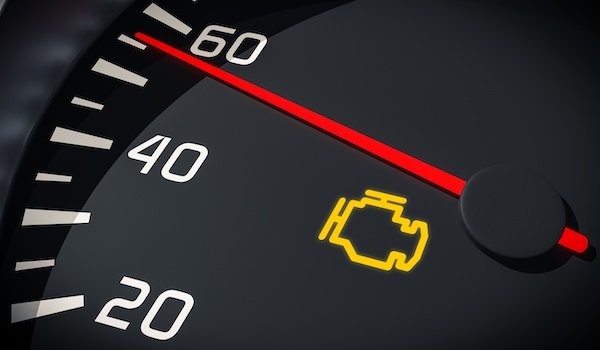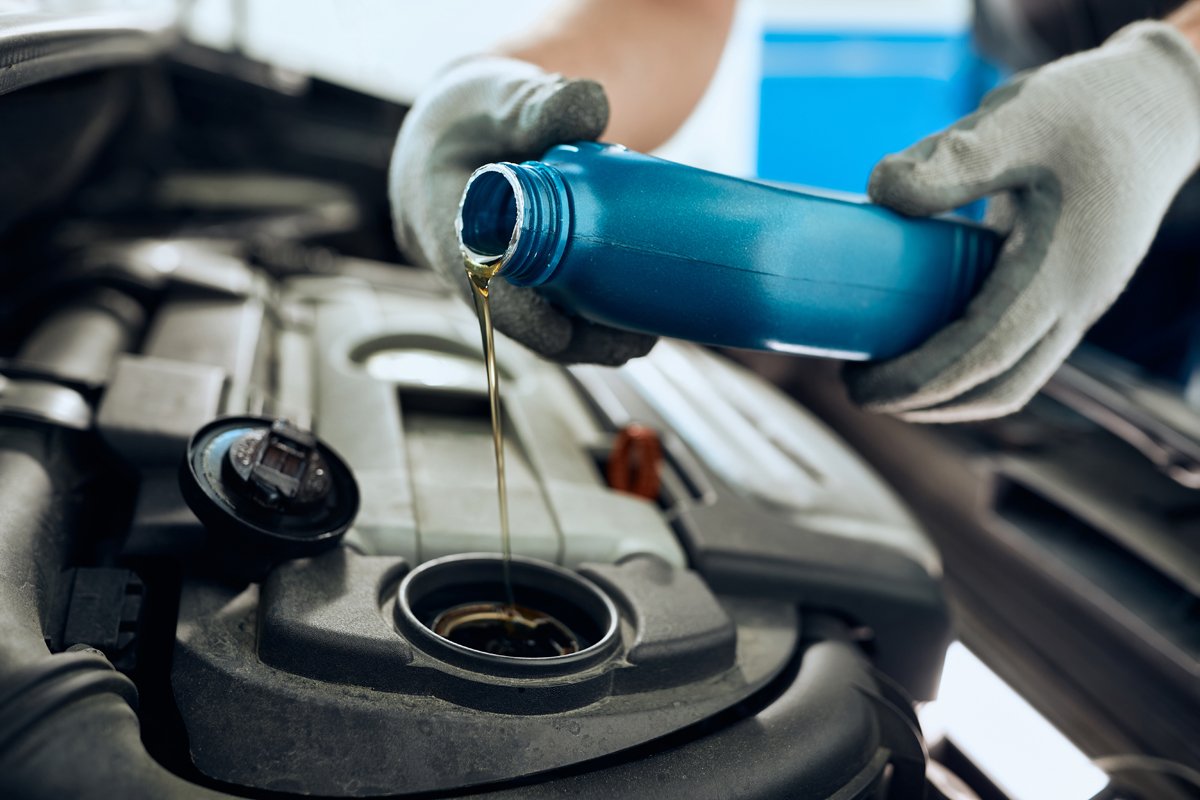When the check engine light starts flashing, it’s not just another dashboard nuisance—it’s your car screaming for urgent attention. Many drivers panic, while others brush it off as a minor issue. The truth lies somewhere in between: a flashing light usually means something serious is happening inside your engine, and ignoring it can lead to costly damage.
This guide dives deep into what a flashing check engine light means, the common causes, how to respond, and how to prevent it in the future.
Understanding the Check Engine Light
Why cars have a check engine light
Modern vehicles come equipped with an On-Board Diagnostics system (OBD-II). This system monitors your engine, emissions, and critical sensors. When it detects an issue, it triggers the check engine light.
- A solid light usually means a non-urgent issue, such as a loose gas cap.
- A flashing light, however, indicates a severe problem like engine misfire or fuel system failure that needs immediate attention.
Common myths about the check engine light
Drivers often misunderstand the warning. Here are a few myths:
- “It’s always a minor issue.” Not true—flashing means serious trouble.
- “You can ignore it until later.” Ignoring it could lead to catalytic converter damage, costing thousands.
Why Is My Check Engine Light Flashing?
A flashing light typically points to something urgent. Here are the most common causes:
Severe misfires
Engine misfires occur when fuel fails to ignite in one or more cylinders. This unburnt fuel reaches the catalytic converter, causing overheating and potential meltdown. Signs include:
- Rough idling
- Sudden loss of power
- Strong smell of fuel
Fuel system problems
Issues in the fuel delivery system can starve your engine or cause excess fuel burning. Common culprits include:
- Clogged injectors
- Weak fuel pump
- Low fuel pressure
Ignition issues
Your ignition system sparks combustion. When components fail, misfires follow. Watch for:
- Worn spark plugs
- Failing ignition coils
- Damaged wiring
Oxygen sensor or catalytic converter failure
Both parts regulate emissions. A faulty sensor sends bad data to the ECU, while a clogged converter creates back pressure that triggers the light.
Other possible causes
- Vacuum leaks
- Faulty EGR valves
- Sensor malfunctions
Flashing vs. Solid Check Engine Light
Not all warning lights carry the same urgency.
| Type of Light | Urgency Level | Possible Causes | Action Needed |
| Solid Check Engine Light | Moderate | Loose gas cap, sensor issue, emissions | Schedule a mechanic visit soon |
| Flashing Check Engine Light | Critical | Misfire, fuel system, ignition failure | Stop driving and seek repairs now |
What Steps to Take if Your Check Engine Light is Blinking
Immediate steps to take
- Safely slow down.
- Avoid hard acceleration.
- Reduce load—turn off A/C and other accessories.
- If the car feels unstable, pull over.
Should you keep driving?
It’s dangerous. Operating a vehicle that has a blinking check engine light can:
- Destroy your catalytic converter.
- Cause severe engine damage.
- Leave you stranded.
Using an OBD-II scanner
Affordable scanners let you read error codes at home. For example, code P0300 indicates random misfires, while P0420 points to catalytic converter issues. Knowing the code can help you explain the issue to a mechanic.
Cost of Repairs for Check Engine Light Issues
Repair costs vary depending on the root cause.
| Issue | Average Cost (USD) |
| Spark plug replacement | $100 – $300 |
| Ignition coil replacement | $150 – $400 |
| Oxygen sensor replacement | $200 – $500 |
| Catalytic converter repair | $1,000 – $2,500+ |
A flashing light left unchecked often turns a $200 fix into a $2,000 repair.
Preventing a Flashing Check Engine Light
Regular maintenance tips
- Replace spark plugs on schedule.
- Use quality fuel system cleaners.
- Keep up with oil changes.
Driving habits that protect your engine
- Don’t rev hard when the engine is cold.
- Avoid constant stop-and-go driving when possible.
- Keep your tank at least a quarter full.
Using quality fuel and parts
Cheap fuel and aftermarket parts often cause more harm than good. Spending a little extra upfront saves you big money later.
Real-World Case Studies
Case study 1: Ignoring the flashing light
A driver ignored the warning for weeks. The result? A melted catalytic converter and a $2,300 bill.
Case study 2: Quick response saves money
Another driver stopped immediately, scanned the code, and replaced spark plugs the same day. The fix cost just $180.
Lesson: Responding quickly keeps repairs affordable.
FAQs About a Flashing Check Engine Light
- How much time can you spend driving when the check engine light is blinking? Not long—it’s unsafe and damaging.
- Can a low oil level make the check engine light blink? Low oil can trigger performance issues, but usually, the oil light appears instead.
- Does a flashing light mean my car is unsafe to drive? Yes. Always treat it as urgent.
- How do I reset the check engine light? Fix the problem first, then clear the codes with an OBD-II scanner.
Final Thoughts
A blinking check engine light should always be taken seriously. Unlike a solid light that often signals a minor issue, a flashing warning usually means your engine is misfiring or facing fuel system trouble. Acting fast saves your car, your wallet, and maybe even your safety.
Bottom line: When your check engine light flashes, treat it like an emergency. Pull over, check the codes, and get help right away.















Leave a Reply